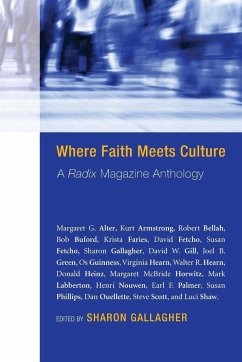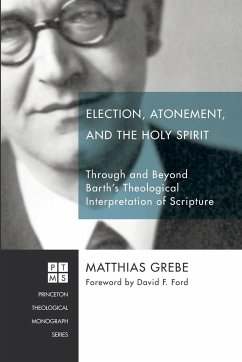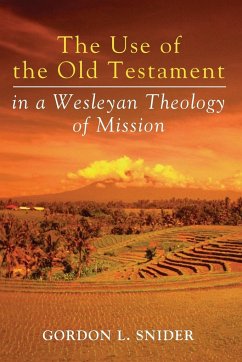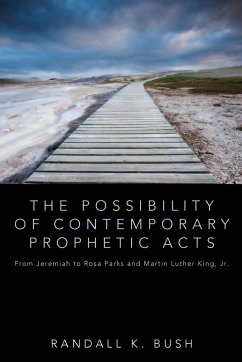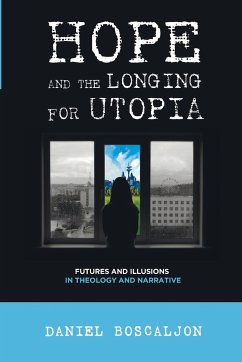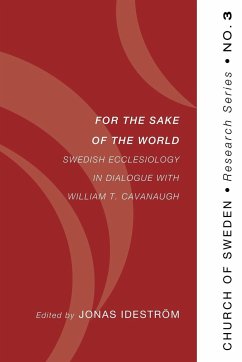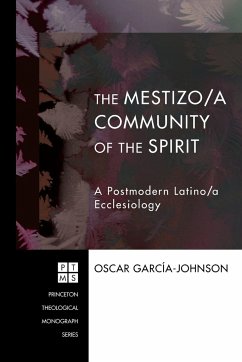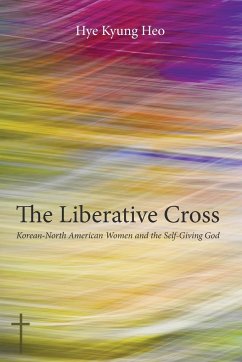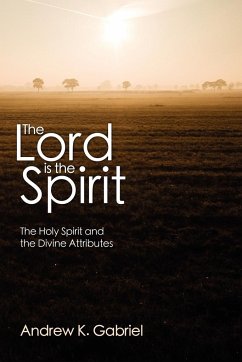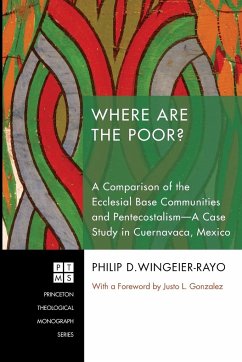
Where Are the Poor?
Versandkostenfrei!
Versandfertig in 1-2 Wochen
21,99 €
inkl. MwSt.
Weitere Ausgaben:

PAYBACK Punkte
11 °P sammeln!
The Ecclesial Base Communities (CEBs) emerged in the wake of Latin American liberation theology and are often referred to as "the Church of the Poor." This book, however, addresses whether or not CEBs are indeed the Church of the Poor today. It is an open question now if Pentecostalism has in fact become the new church of the poor. To answer this question Philip Wingeier-Rayo conducted a one-year ethnographic study of both movements in a marginalized barrio in Cuernavaca, Mexico. Using the anthropological method of participant-observer, the author studied a Roman Catholic Church and a Pentecos...
The Ecclesial Base Communities (CEBs) emerged in the wake of Latin American liberation theology and are often referred to as "the Church of the Poor." This book, however, addresses whether or not CEBs are indeed the Church of the Poor today. It is an open question now if Pentecostalism has in fact become the new church of the poor. To answer this question Philip Wingeier-Rayo conducted a one-year ethnographic study of both movements in a marginalized barrio in Cuernavaca, Mexico. Using the anthropological method of participant-observer, the author studied a Roman Catholic Church and a Pentecostal Church--just 100 yards apart--compiling surveys, life interviews, and field notes to relay his findings. For those interested in liberation theology, Pentecostalism, new religious movements, or the influence of religion on society, this in-depth ethnographic study will be of great interest.





